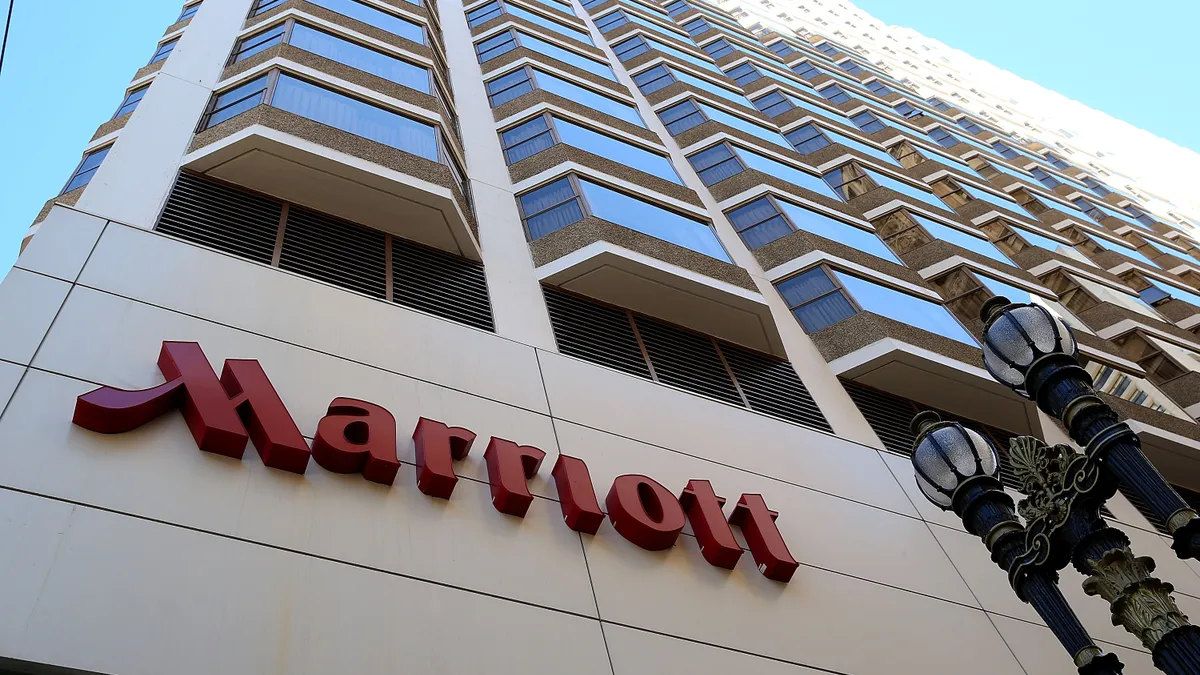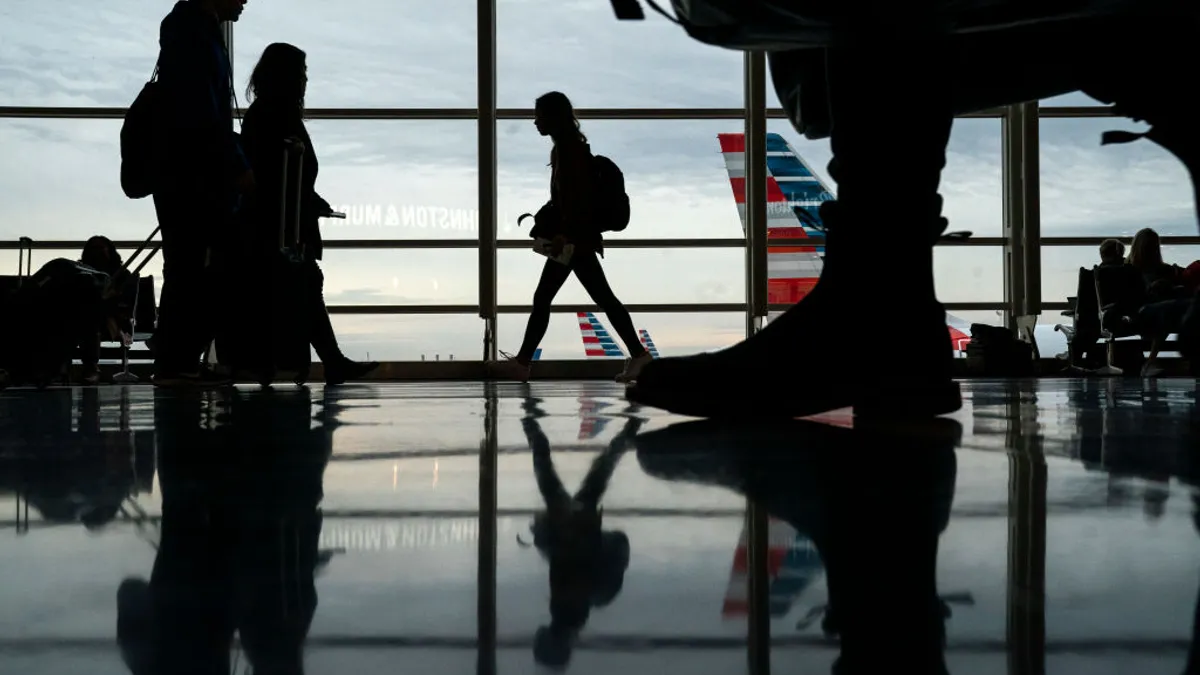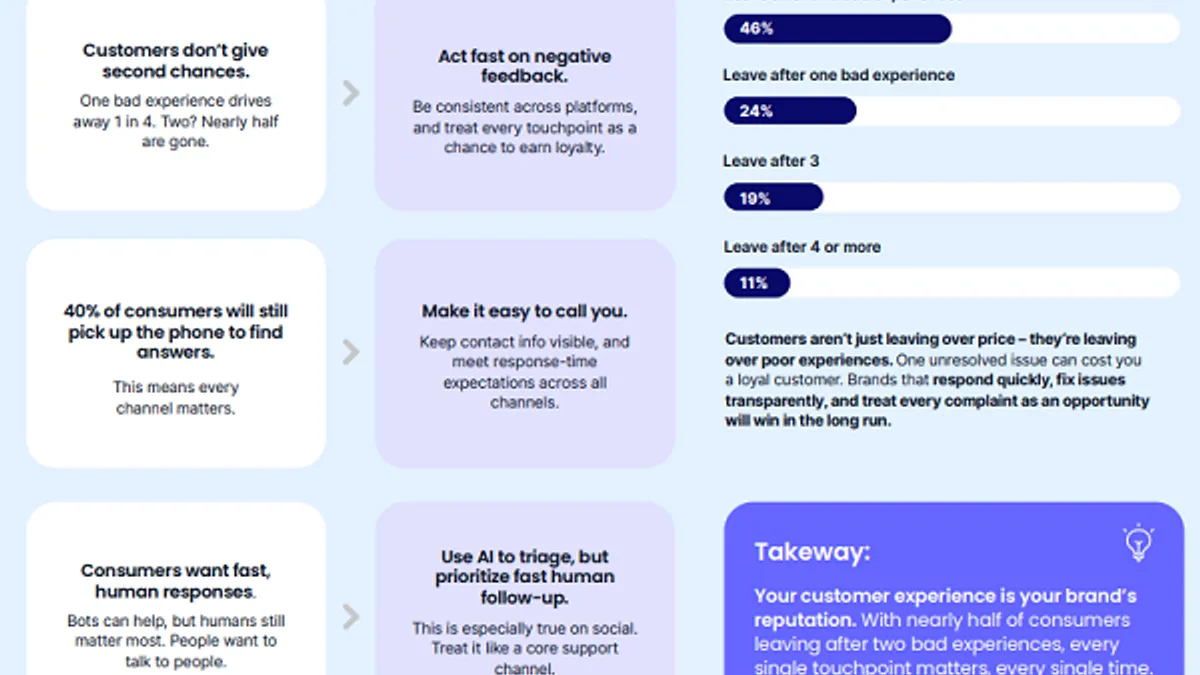NEW YORK — As other channels see spending dip with the economy in a rough patch, retail media continues to soar. A steady influx of investment has led pretty much every major player in the game to stand up some sort of ad network leveraging first-party shopper data, with the concept this year spreading to new industry verticals. GroupM estimates that retail media today accounts for 11% of total ad spend and 18% of digital advertising globally.
“Virtually every client we have, in retail and beyond, [is] looking at this,” said Jeremy Woodlee, a managing director at Accenture Song, the management consultancy’s marketing services arm, on an Advertising Week panel Wednesday.
Peering past the positive numbers at the macro level, questions arise about how many companies can truly grab a piece of the retail media pie and sustain a business. Budget-strapped marketers only have so many dollars to spend and heavy weights, like Kroger, Amazon and Walmart, have operated their offerings for years, granting them mature technology and scale. Others have only recently jumped into the space and hope specialization and partnerships can help them stand out from the pack.
“The problem that we see touching a lot of companies is, you have to have an immediate interest in this,” said Woodlee of retail media. “It's not like you can sell the vision and have three years. You've got to generate immediate value as a company.”
Woodlee was joined during the discussion by executives from Lowe’s and Marriott, which introduced their media networks last October and in May, respectively. In both cases, executives indicated that the strength and reputation of their brands — as well as the loyalty of their customer bases — could translate to advertiser interest in their budding media operations.
“We've kind of played catch up in the sense of our toolkit and in our talent,” said John Storms, head of sales at Lowe’s One Roof Media Network, at the show. “We really feel like our differentiation here is: We're taking a page out of Lowe's. This is a 100-year-old company that is built on customer service.”
A representative from Marriott similarly aligned the hospitality chain’s fledgling media bets with its “luxury-focused” consumer-facing position. The idea is not to plaster ads everywhere but work with select brands to create a well-rounded experience for travelers who might be on the hunt for things to do or shop for on their trips. Marriott has the benefit of being the first in its sector to latch on to the media network craze, along with wielding data derived from the Bonvoy loyalty program that spans its portfolio.
“We wanted to make sure that anything that we do is highly curated,” said Nicolette Harper, vice president of global marketing and media at Marriott International, on the panel. “A lot more curated than some of the traditional media networks, so we can kind of keep our brand and what we stand for intact, but also deliver on this bigger experience.”
The curated approach
What does a more specialized media network look like? Harper illustrated a case where a traveler going on a ski trip might forget their winter coat at home and search for North Face apparel nearby, an area where Marriott could assist. Other examples skewed toward the experiential. Someone on vacation might want to check out the opera or other local activities where Marriott has an ear to the ground through its sprawling hotel network.
“We don't want to disrupt what you came to do, but we want to enhance everything around that,” said Harper.
Marriott has to contend with some delicate areas that don’t apply to retailers that mostly serve their messages on websites, apps and in the shopper aisle. The level of curation Harper touted risks coming across as invasive if executed poorly, as does all hyper-targeted advertising.
“Think of the screens in the elevators or the gyms or even in your own room. That's a pretty intimate experience,” said Harper. “It's a very interesting area that we want to be really, really thoughtful — certainly starting more contextual — because we don't want to be creepy Big Brother, either.”
To address these complexities, Marriott is working with Yahoo, which moderated the panel, on the supply side of its ads business. Lowe’s last week also partnered with the tech firm as it moves to scale its off-site media operations.
The home improvement store initially focused on owned properties like Lowes.com with sponsor and display units that are typical to retail media. While the company has over 72 million customers, according to Storms, it sees its next big opportunity with outside channels like digital out-of-home.
Lowe’s views its customers as high value since they’re making deliberate efforts to refurbish their homes with high-consideration purchases. Asked about non-endemic verticals that could be brought into the fold, Storms pointed to moving companies, insurance firms and cable providers that might want to reach people who just moved into a new place or are looking to upgrade their old one.
“These aren't immediate purchase decisions, these are decisions that are taking and shaping months in advance,” said Storms. “It's important for us to think about that full lifecycle from the home improvement, home lifestyle standpoint.”
Time will tell if brands have the same degree of patience.























